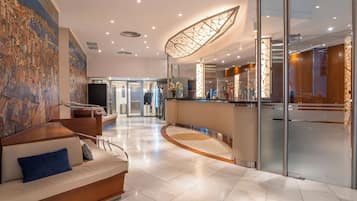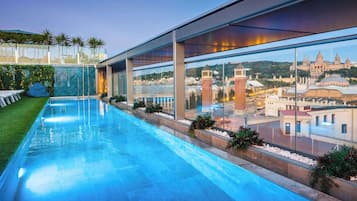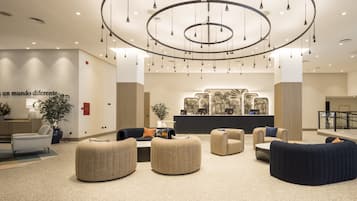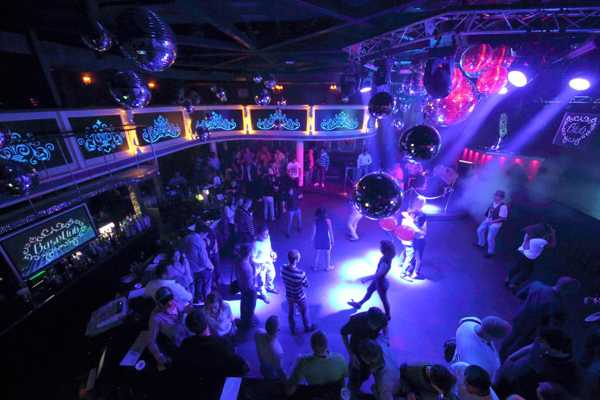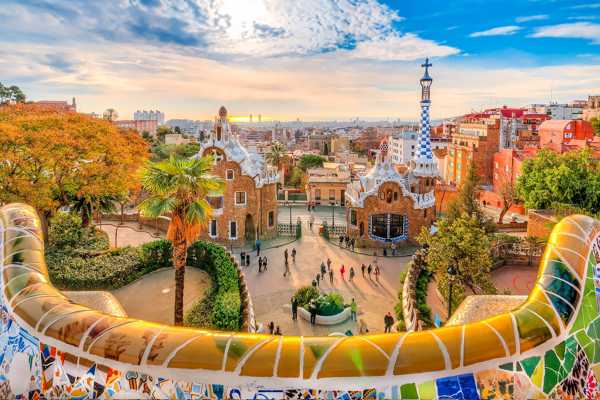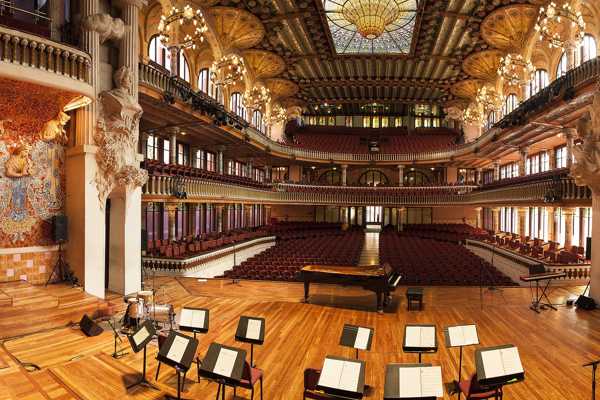Barcelona Cathedral is the seat of the Archbishop of Barcelona and a stunning example of Gothic architecture as well as a historic cathedral constructed from the 13th to 20th centuries. Its formal name is the Cathedral of the Holy Cross and Saint Eulalia and it draws thousands of visitors every year. It's composed of three naves with five sections, but one ambulatory and apse, and uses the traditional Catalan Gothic construction.
Barcelona Cathedral is home to two large bell towers and has no side chapels. You can see many famed statues and sculptures in addition to its stunning arches and the windowed gallery in the chapels along the outer wall. Whether you're visiting this church for its astounding architecture, looking to visit the gift and book shop, interested in the traditional candles and stained glass, or for any other reason, it's a gorgeous addition to any family holiday.
Barcelona Cathedral - one of the highlights of 10 Best Free Things to Do in Barcelona and Most Instagrammable Places in Barcelona (Read all about Barcelona here)

History of the Barcelona Cathedral
The Barcelona Cathedral began as a 4th-century Christian and Visigoth complex, to which a basilical hall was added in the 5th century. This was followed in the 6th to 7th centuries by a cross-shaped church and a bishop's palace. Barcelona Cathedral was dedicated to the Holy Cross by the late 6th century. By 1046, construction of a larger cathedral began, which was replaced in 1298 with the construction of the current church.
The church took 150 years to complete. The lion's share of the church, including its west façade and cloister was completed by the mid-15th century. Further construction on the central tower began in the late 19th century and was completed by 1912. Today, it has been updated further to help preserve it against the vast number of visitors it gathers from all over the world.
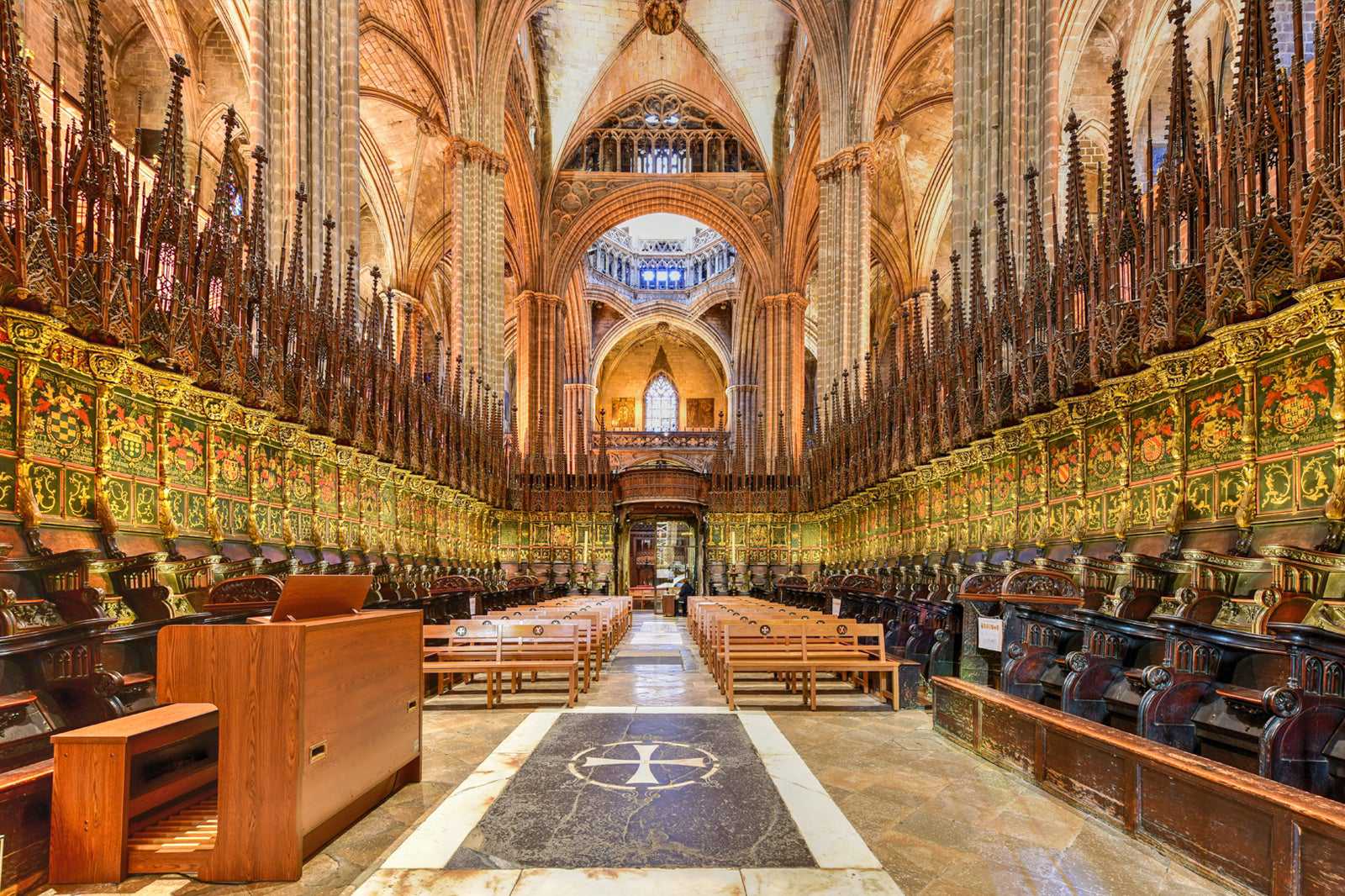
Highlights of the Barcelona Cathedral
The Barcelona Cathedral is famed for the Chapel of the Holy Sacrament and of the Holy Christ of Lepanto, a small side chapel constructed in the early 15th century by Amau Bargués. It was the original chapterhouse of the cathedral and was later rebuilt in the 17th century. It houses the tombs of San Olegarius, Bishop of Barcelona, Archbishop of Tarragona.
Barcelona Cathedral also showcases the Holy Christ of Lepanto Crucifix. Legend has it that the body's curved shape is due to the cross having been carried on Juan of Austria's galley during the 1571 Battle of Lepanto, when the cross magically curved and leaned out of the way to avoid being struck by a cannonball. It's also known for its tradition of the dancing egg, held every year on the day of Corpus Christi.
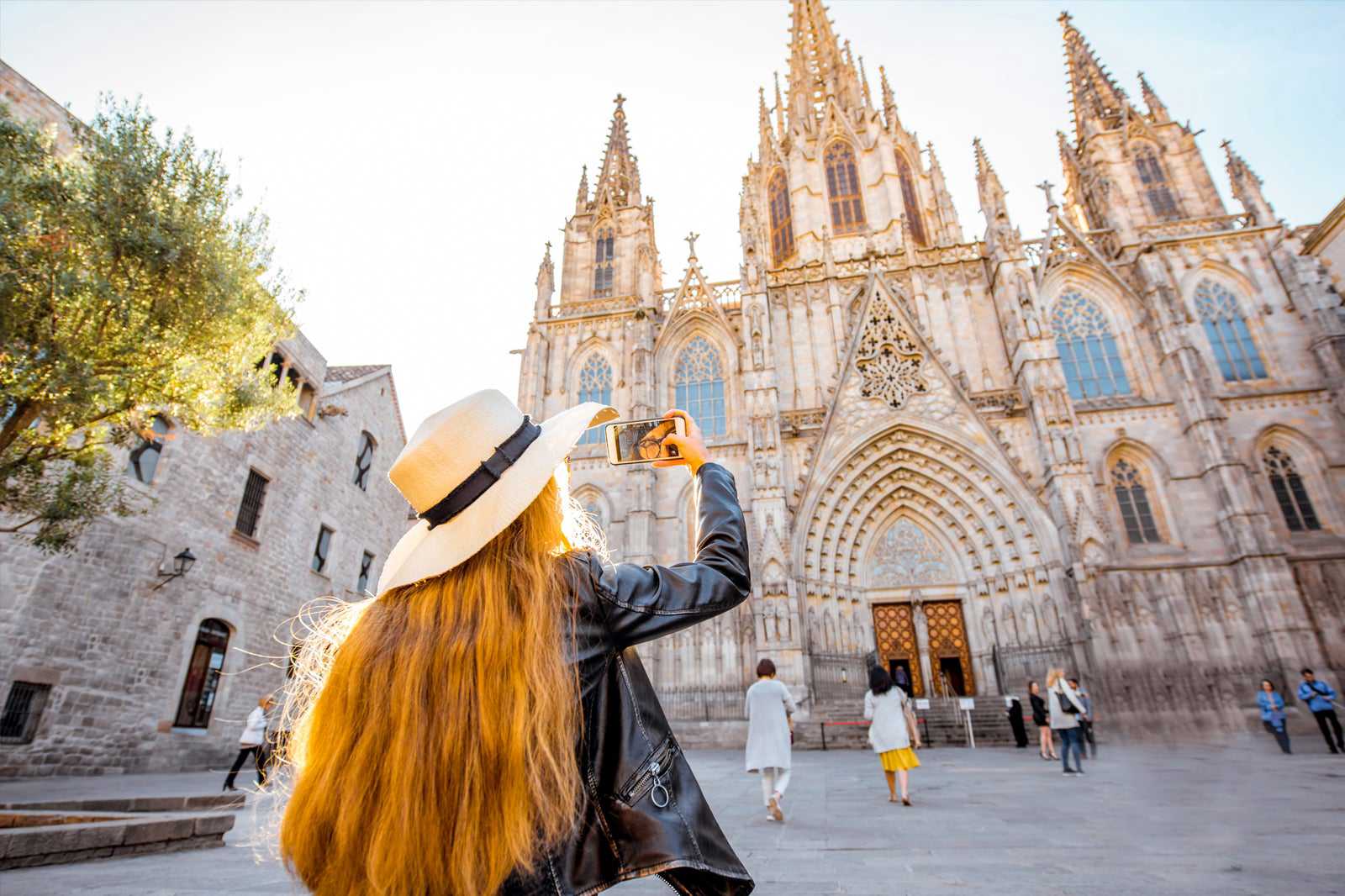
Good to know about Barcelona Cathedral
Barcelona Cathedral gathers many visitors every year, so it can be very crowded. It is, however, still a functioning cathedral and the seat of the Archbishop of Barcelona. Visitors should show proper respect and keep quiet while exploring. Touring the cathedral is also discouraged during Mass hours. In the cloister, you can find a gift and book shop for souvenirs and further education. Maps are available for visitors that point out the various important sites.
As you explore Barcelona Cathedral, you'll note that the traditional candles in the shrine are now electronic, due to fire safety reasons. Cellular phones are banned from all chapels in the Church. While here, you can walk the cloister, visit the cathedral gardens, and see the fountain in the Atrium of the Santa Eulalia. Guided tours are available and highly recommended. Cultural and visitor tours are not held on Sundays and religious holidays.

Barcelona Cathedral
Ubicación: Pla de la Seu, s/n, 08002 Barcelona, Spain
Horarios: Monday–Friday from 8.30 am to 12.30 pm and 5.45 pm to 7.30 pm, Saturday from 8.30 am to 12.30 pm and 5.15 pm to 8 pm (closed on Sundays)
Teléfono: +34 (0)933 15 15 54




